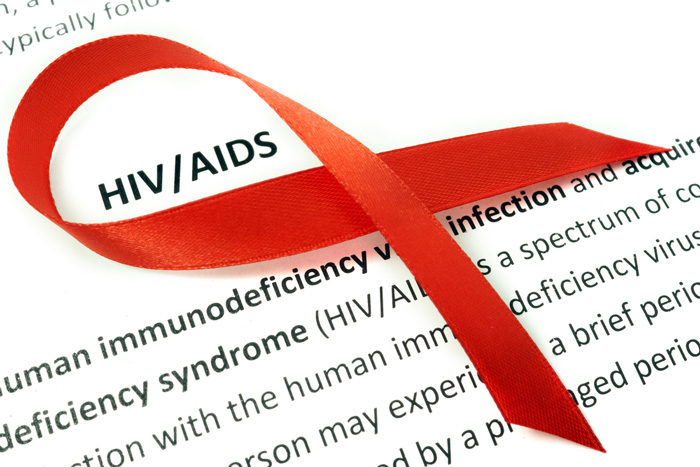NEW YORK, United States (IPS) – The global fight against AIDS is floundering amid cash shortfalls and spikes in new HIV infections among marginalized groups in developing regions, Gunilla Carlsson, executive director of the Joint United Nations Programme on HIV/AIDS (UNAIDS), said yesterday.
Speaking with reporters in New York at UN headquarters, Carlsson, head of UN-led efforts against the pandemic, warned that gains over recent years were under threat.
“We are at a precarious point in the response to HIV. Some countries are making impressive gains, while others are experiencing rises in new HIV infections and even AIDS-related deaths,” she said.
“Annual gains are getting smaller and the pace of progress is slowing down.”
More than half of all new HIV infections in 2018 were among drug users, sex workers, men who have sex with men, transgender people, prisoners and the sexual partners of these groups, said Carlsson.
Many of those at-risk groups do not get the treatment they need, she added.
A UNAIDS report released July 16 noted “worrying increases” in these new infections in eastern Europe and central Asia, where HIV cases rose by 29 per cent, as well as in the Middle East, North Africa and Latin America.
Global funding for the fight against AIDS dropped off markedly in 2018 — by nearly one billion dollars— as international pledges dried up and domestic investments did not grow fast enough to fill the gap.
Only around US$19 billion was available for the AIDS response in 2018 — some 7.2 billion dollars short of the total 26.2 billion needed by 2020, said Carlsson, describing a “deeply concerning” development.
“Ending AIDS will not be possible unless we are investing adequately and smartly, focussing on people first, not diseases, and creating roadmaps for people who are left behind,” Carlsson said.
Some 770,000 people died of AIDS globally in 2018 and almost 38 million people were living with the human immunodeficiency virus (HIV) that causes it. The disease is transmitted via infected blood and other bodily fluids.
HIV cannot be cured but the infection can be kept in check by AIDS drugs known as antiretrovirals. Around 23.3 million of the 37.9 million people with HIV globally currently get the AIDS drugs they need.
Around 1.7 million people were newly infected in 2018, a 16 per cent decline since 2010, driven mostly by steady gains in parts of eastern and southern Africa, according to the latest UNAIDS report.
South Africa, for example, has cut new HIV infections by more than 40 per cent and AIDS-related deaths by around the same proportion since 2010. But the report warns that the disease is still rife in other parts of eastern and southern Africa.
Earlier this month, the aid group Médecins Sans Frontières (MSF) warned that efforts to fight AIDS were “stagnating” and that many of the disease-related deaths could be prevented if better care was available.
Dr Gilles Van Cutsem, head of MSF’s team on HIV and AIDS, said that many HIV sufferers turned up at clinics in Congo, Guinea, Malawi and elsewhere with advanced symptoms of a condition that their immune system was unable to fight.
“People arrive very ill, often with severe opportunistic infections such as tuberculosis, cryptococcal meningitis, or Kaposi’s sarcoma,” Van Cutsem said in a statement.
“When they arrive, sometimes it’s too late to save them. They might not have been diagnosed on time or they failed to get access to lifesaving treatment.”

